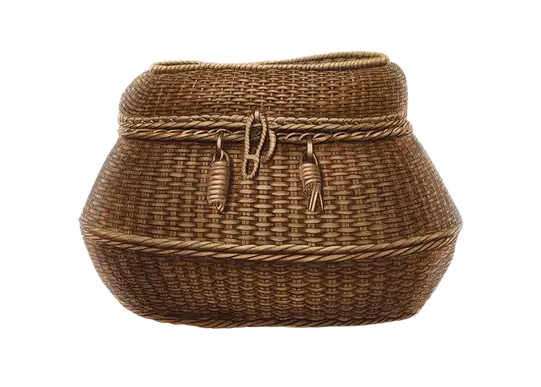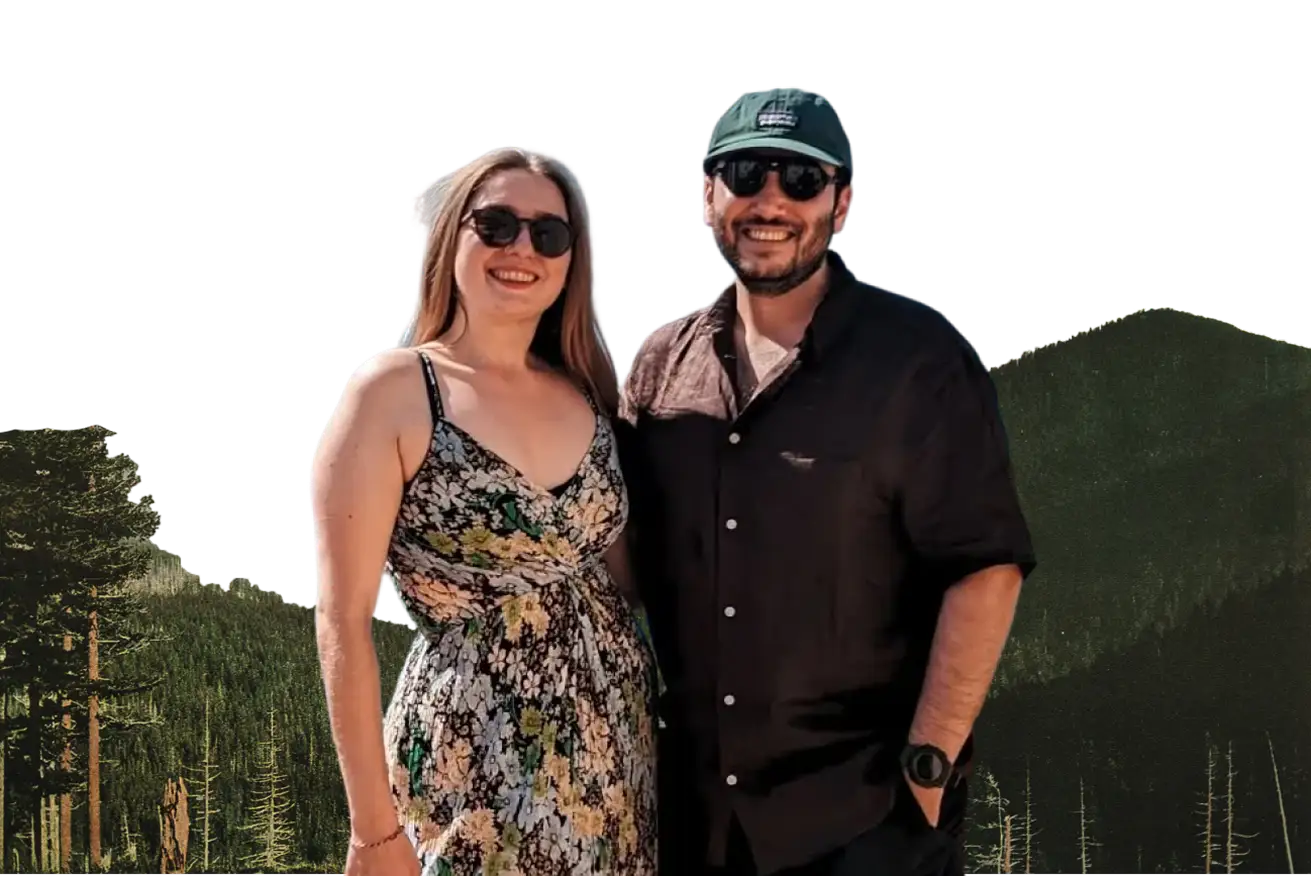There is a moment, deep within the labyrinthine heart of a bazaar in Gaziantep, when time seems to dissolve. The air is thick with the scent of cumin and dried mint, the rhythmic tap-tap-tap of a coppersmith’s hammer provides a steady beat, and the murmur of a dozen conversations in Turkish, Kurdish, and Arabic blends into a single, ancient song.
It was in a moment just like this that we had a profound realization. We were not just in a market. We were standing in a living archive, a place shaped not just by the hands of the artisans around us, but by the footsteps of countless merchants, pilgrims, and wanderers who had passed through this very spot for millennia. We were standing in one of the great veins of the old world.
This is the story of those ancient arteries - the Silk and Spice Routes - and how they didn't just carry goods, but pulsed with the very lifeblood of culture, shaping Southeast Turkey into the vibrant, complex crossroads it is today.
Roads of silk, and of soul
When we speak of the "Silk Road," it's easy to imagine a single, dusty path. But the reality was a sprawling, circulatory system for the ancient world, active for over fifteen hundred years.
Yes, silk from China was the precious cargo that gave the network its name, but just as vital were the spices from India and beyond - pepper, cloves, nutmeg - that arrived like fragrant whispers, promising to transform the cuisines and medicines of empires. But the most potent goods traded were intangible.
Along these same paths flowed philosophies, religions - Buddhism, Christianity, and Islam all found new homes by traveling with the caravans - scientific discoveries, and artistic styles. A single merchant might carry not just a bolt of silk, but a new mathematical concept or a line of poetry that would spark a revolution hundreds of miles away. Southeast Anatolia, a rugged but essential land bridge between Asia and Europe, was the heart of this exchange. Its cities were not merely stops along the way; they were vital organs, ensuring the lifeblood of this global system kept flowing.
The sanctuaries of commerce: hans and bazaars
This constant flow required an architecture of its own. We felt this most acutely when we stepped into the courtyard of the Deliller Hanı in Mardin. A han, or caravanserai, was much more than an inn; it was a fortress of commerce, a sanctuary for the traveler. Behind its secure stone walls, a small, international city came to life each night.
Here, in the central courtyard, the world converged. A merchant from Venice might have bargained over gemstones with a trader from Samarkand. A scholar from Cairo could have shared news with a pilgrim on their way to Persia. Languages, ideas, and stories were exchanged with as much fervor as the goods themselves. These were the original international hubs, built of stone and trust, where a shared meal could be as valuable as a signed contract.
From the sanctuary of the han, the journey would continue into the lively chaos of the city's bazaar. These covered markets were, and still are, the place where the wealth of the world flowed into the hands of local artisans - the coppersmiths, the spice grinders, the silk weavers. Their workshops were not just places of production; they were laboratories of fusion, where local traditions met new techniques and materials from afar, creating something utterly new and uniquely of that place.
The lasting echo: a blended identity
The true legacy of these routes is not found in museums, but in the very cultural DNA of the region. The constant mixing of peoples and ideas created a profound and resilient blended identity. We saw it in the terraced streets of Mardin, where ancient Syriac monasteries stand in quiet conversation with historic mosques. We tasted it in the kitchens of Gaziantep, where local Anatolian ingredients were forever changed by the arrival of exotic spices, creating a UNESCO-recognized culinary capital. We heard it in the blend of languages on the street.
The spirit of these ancient highways, though the camel caravans have long since vanished, still echoes. To trace their path is to understand a timeless truth: that connection, exchange, and a courageous openness to the "other" are not just historical forces, but the essential ingredients for a richer, deeper, and more humane world. The flow of exchange never truly stops; it just finds new rivers.
.svg)




